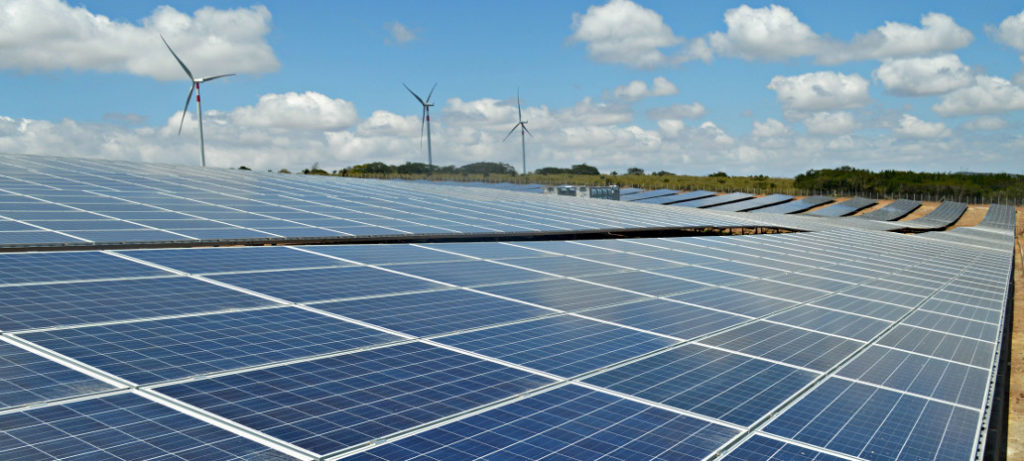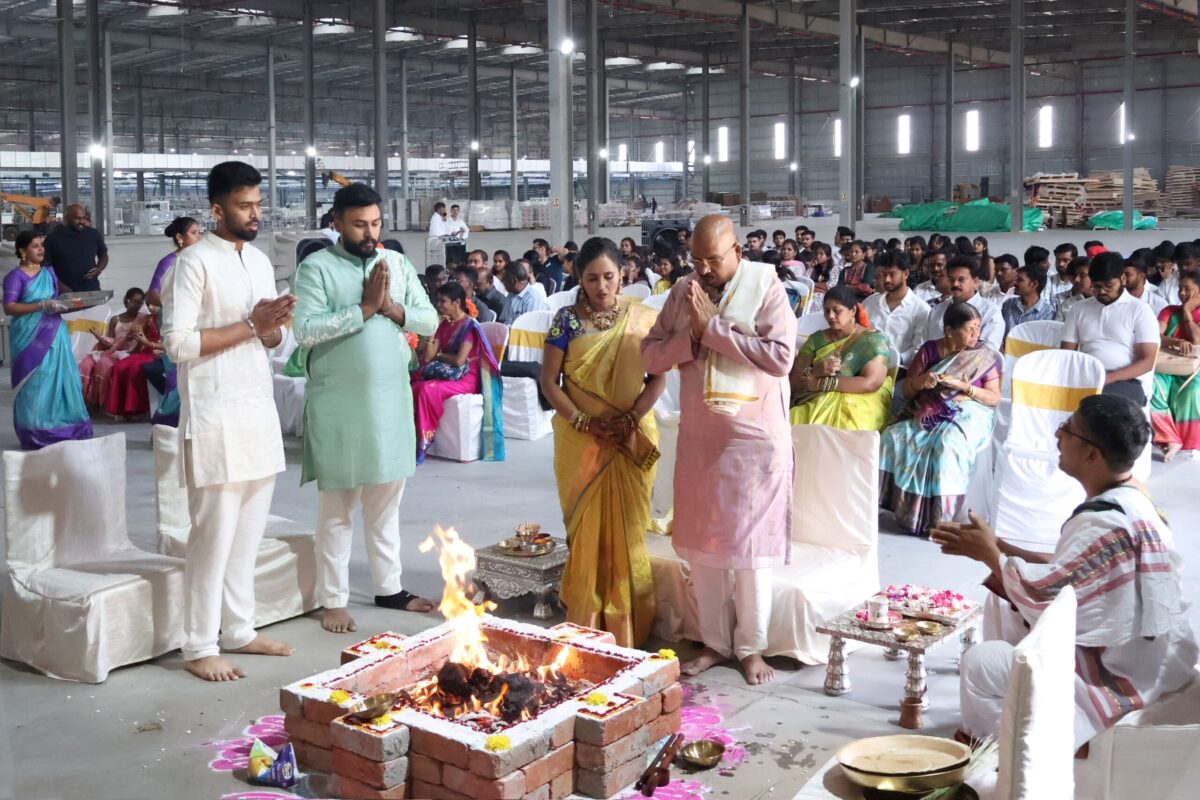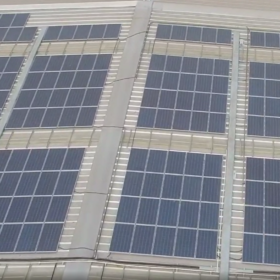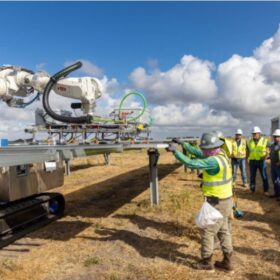India’s Solar Energy Corporation of India (SECI) has invited bids to set up an aggregate 1,200 MW of capacity with Inter-State Transmission System (ISTS)-connected wind/solar/wind-solar hybrid projects, along with energy storage, throughout India. The projects — to be developed on a ‘build-own-operate’ basis — will be awarded through an e-bidding process, followed by a reverse auction.
SECI shall enter into power purchase agreements (PPAs) with the successful bidders for a period of 25 years. Power procured is provisioned to be sold to the different buying utilities of India.
Tariff payable to the selected developers for the entire PPA duration shall comprise both peak and off-peak tariffs—fixed Rs2.70/kWh for energy generated during off-peak hours, and tariff discovered through e-reverse auction for energy generated during peak hours.
Energy storage
For energy storage systems, developers are allowed to use any of the battery, pumped, mechanical and chemical technologies, or combinations thereof. Irrespective of the technology chosen, however, the projects must supply power for a minimum of 6 hours daily during the period of peak demand. In order to meet the peak power supply criteria, the minimum rated capacity of the energy storage system must be equal to the awarded project capacity.
Capacity offered
A single developer can bid for any capacity from 50 MW to 600 MW, quoted only in multiples of 10 MW. Projects can be set up in sizes of minimum 50 MW and maximum 300 MW, rising in multiples of 10 MW.
The projects are to be designed for inter-connection with the transmission network of Central Transmission Utility at a voltage level of 220 kV or above. The developer shall be responsible for obtaining connectivity and long-term open access for each project.
Project configuration
In case of hybrid wind-solar projects, the rated project capacity of either of the project components (solar and wind power) must be more than 25% of the rated capacity of the other component. For example, if a hybrid project comprises 200 MW of rated wind power capacity, the corresponding solar component capacity must be a minimum of 50 MW.
The minimum energy rating of the energy storage system installed must be equal to the contracted capacity of the project. For example, in case the awarded project capacity is 100 MW, the storage system shall be rated minimum 100 MWh.
A single project may also be sub-divided into a number of ‘blocks’, being set up at multiple locations, if required. However, such blocks for a single project component shall be located within the same state. The minimum voltage level for a single block must be 33 kV. These individual blocks must be pooled at a minimum voltage level of 33 kV, at a pooling station.
This content is protected by copyright and may not be reused. If you want to cooperate with us and would like to reuse some of our content, please contact: editors@pv-magazine.com.









By submitting this form you agree to pv magazine using your data for the purposes of publishing your comment.
Your personal data will only be disclosed or otherwise transmitted to third parties for the purposes of spam filtering or if this is necessary for technical maintenance of the website. Any other transfer to third parties will not take place unless this is justified on the basis of applicable data protection regulations or if pv magazine is legally obliged to do so.
You may revoke this consent at any time with effect for the future, in which case your personal data will be deleted immediately. Otherwise, your data will be deleted if pv magazine has processed your request or the purpose of data storage is fulfilled.
Further information on data privacy can be found in our Data Protection Policy.